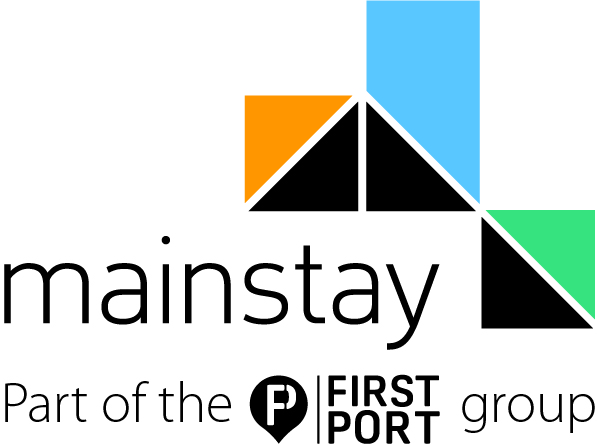The Best Design Consultancy Might Be A Property Management Company

As the build-to-rent market expands, designers, architects and interior designers in the UK are realising the joys and the challenges of laying out a building where many hundreds of people will make their homes. But designers’ plans rarely square with how people will actually use their building.
“A designer can say they want a carpeted floor all the way to the bin store, but they’re not going to want that carpet when customers bring dripping bin bags along there every week of the year,” FirstPort Business Development Manager Jeremy Ogborne said. “Until recently, BTR designers have begun by drawing beautiful buildings onto a blank piece of paper. We think looking at the customer and knowing how they use the space is a better place to start.”
To that end, FirstPort — which manages 196,000 homes throughout the UK — has begun offering consultancy services to BTR clients in the pre-design and design phases. Ogborne said that he hopes FirstPort’s hands-on experience of asset and property management will give BTR investors and developers perspective on how customers will use spaces and amenities, ensuring that buildings and their finishes last as long as possible.
"FirstPort begins by examining how customers flow through a building, from the moment they walk in the lobby to when they arrive at their own doorstep," Ogborne said.
Sometimes, the updates that FirstPort suggests are practical: when a designer chose to place a bank of lifts at either end of a long hallway, Ogborne immediately lobbied for a single, central bank of lifts right near the main entrance — that would save customers walking time and waiting time, as well as reducing impact on the lobby finishes.
Other times, the advice is more qualitative.
“For customers who have not lived in a BTR scheme before, moving to a 20-storey building can seem a bit imposing,” Ogborne said. “We make sure that the lobby design is bright and welcoming, and offers easy access to lifts, staircases and all the amenities right up front. We want to know: Where is the front desk? Where is the concierge?”
He added that FirstPort aims to have all their staff know customers by their first names — the company runs a concierge training academy that teaches property management service and etiquette.
Knowing the route customers will walk helps FirstPort predict which finishes and amenities undergo the most strain, which in turn can help preserve the life of a property. In high-traffic areas, Ogborne suggested that tile flooring will ensure management won’t have to replace carpeting every year. Having at least one large-size lift can spare other lifts the wear and tear of customers moving furniture in and out.

“The BTR market has not yet reached maturity, and many schemes have provided amenities and finishes that will wear and age too quickly, or that customers don’t actually want,” Ogborne said. “As a property management company, we not only know what amenities customers use, we know the peak hours customers tend to use them, and on what cycle the finishes typically need replacing.”
Ogborne added that FirstPort can consult on room design, layout and the unit mix between studio and multi-bedroom apartments in buildings.
"Younger customers typically want multi-use space in their bedrooms and prefer designs with fewer walls," he said.
Demographic trends also change how BTR schemes use the entirety of their physical space. Since many BTR customers do not own a car, Ogborne said, car parks are becoming a less important piece of the design process. Instead of dedicating multiple floors to a car park that will go underused, BTR investors and developers can offer spaces that generate revenue, such as rentable conference rooms, screening rooms and on-site dining, as well as multipurpose amenities like lounges and coworking spaces.
Younger customers tend to care more about sustainability and want to move into a building that they feel is considerate of its energy usage and waste output. FirstPort advises investors and developers to include motion detectors on light fixtures in their buildings and even to build in cleaning rooms for bicycles and rubbish bins — the water used can then be cleaned, recycled and used to water a lawn or gardens.
“We also try to think about design that fosters interaction between customers,” Ogborne said. “If you know your neighbours, you are far more likely to renew your lease. So we encourage investors and developers to create common space for dining and workshops, and green areas for barbecues.”
Ogborne added that having hands-on experience with a wide range of age groups across the UK helps FirstPort craft custom solutions.
"We know that what works in Central London might not work in Manchester or Southampton, and we know that our customers in their 30s may have different expectations than our customers who are over 60," Ogborne said. "We can tailor our advice for each project depending on its customer base. If a BTR investor or developer shows they know the customer, they can count on a quicker lease-up, and for many more people to remain within their building.”
This feature was produced in collaboration between Bisnow Branded Content and FirstPort. Bisnow news staff was not involved in the production of this content.

